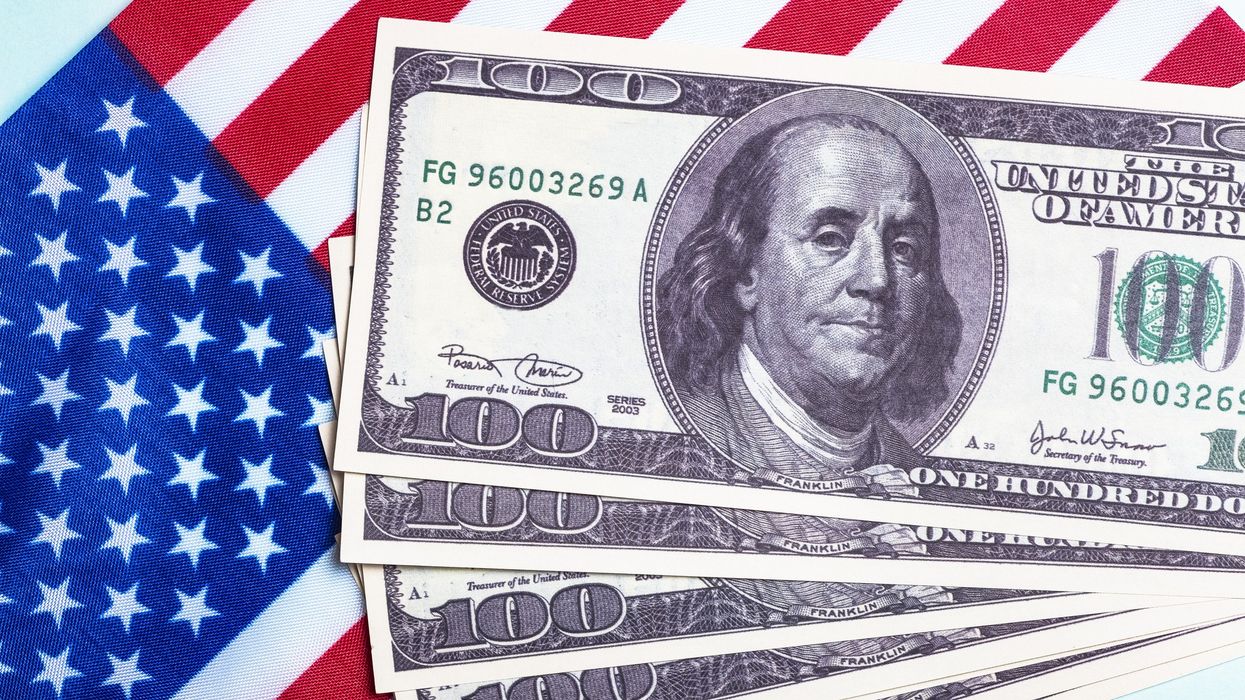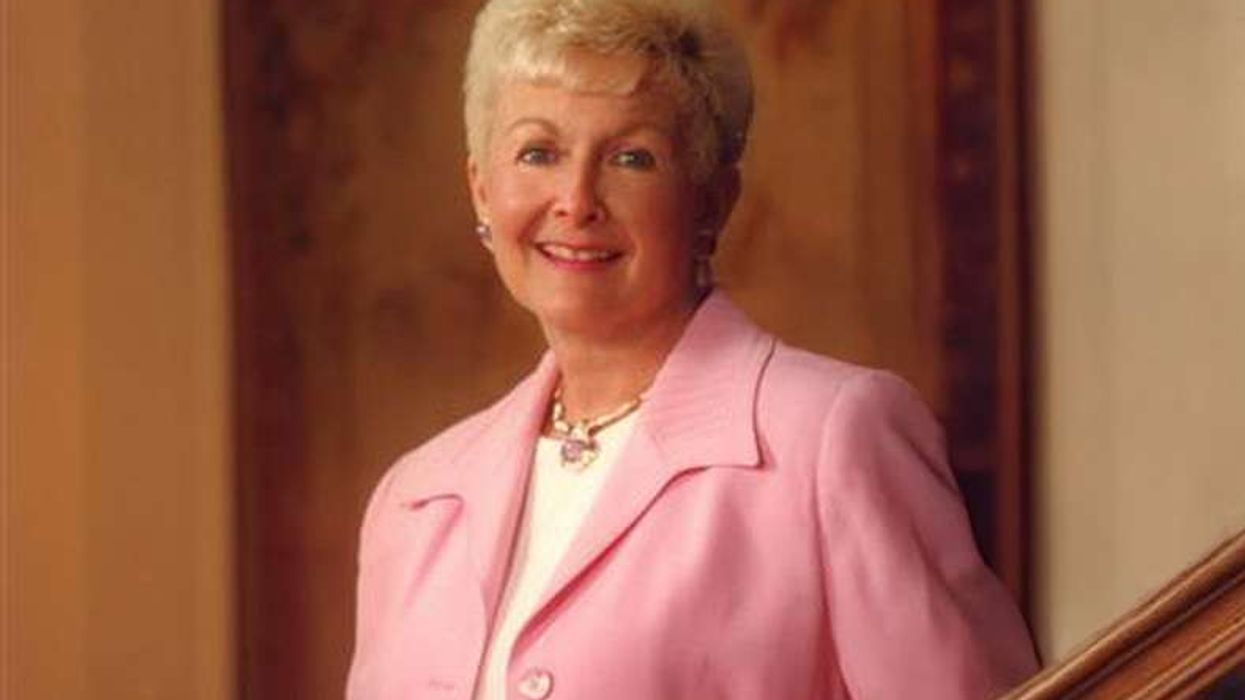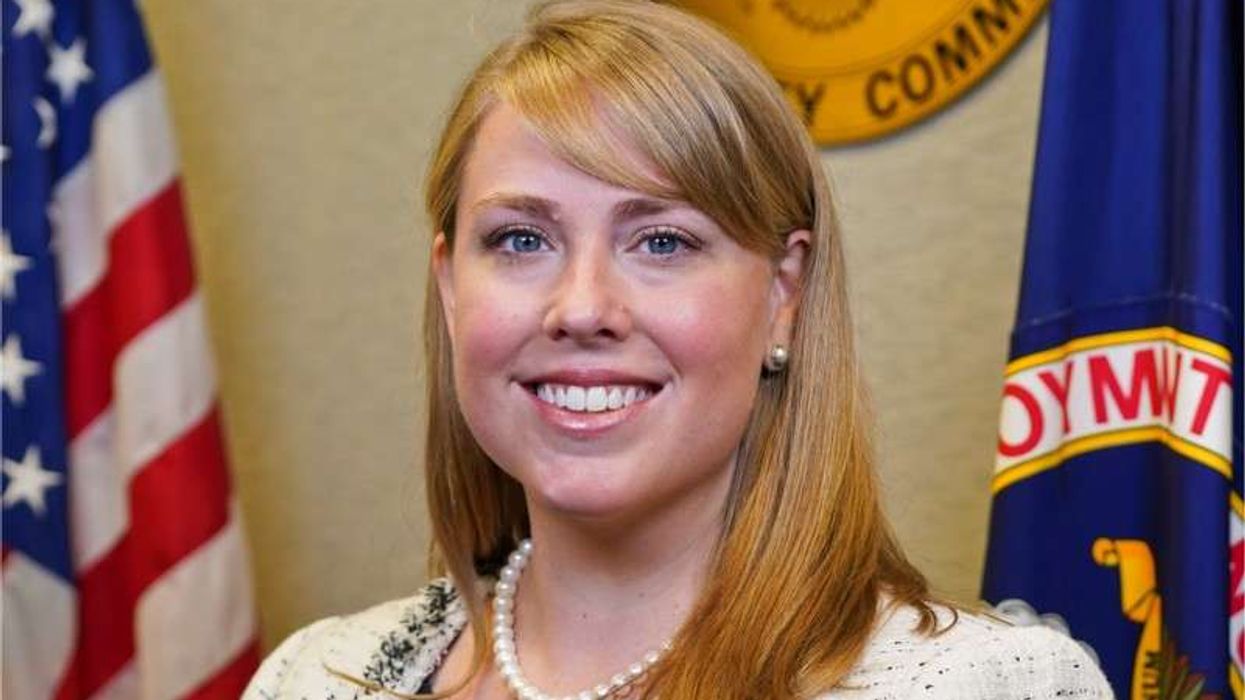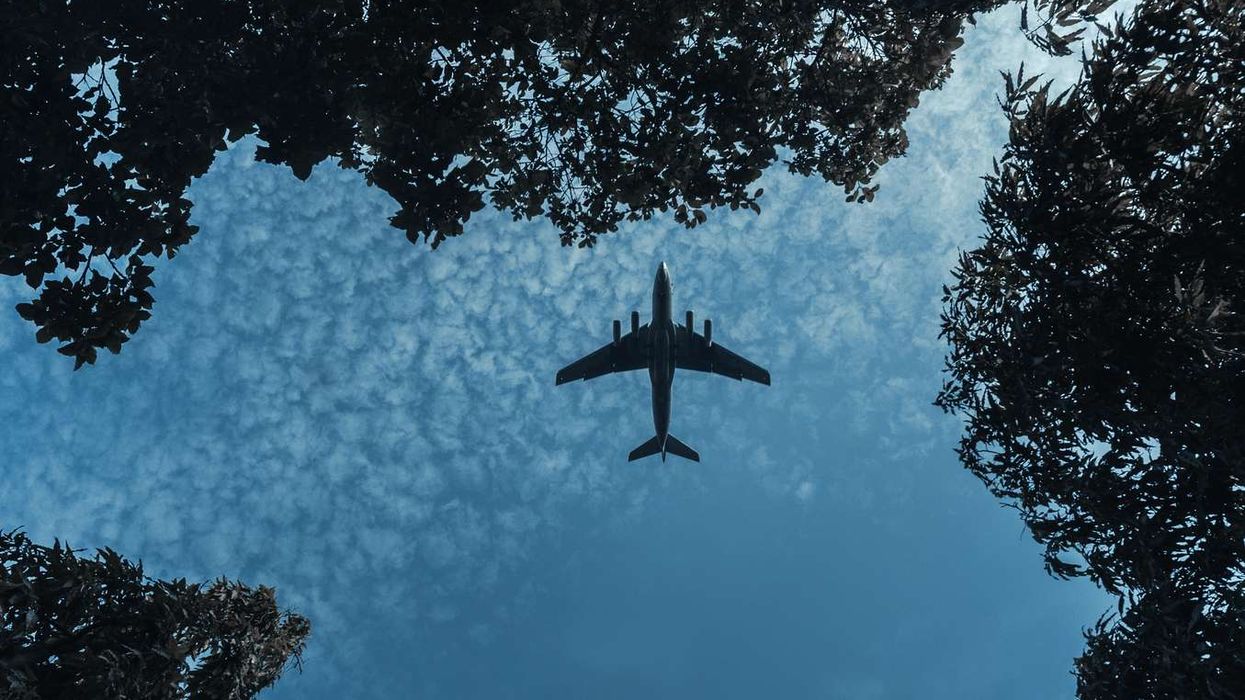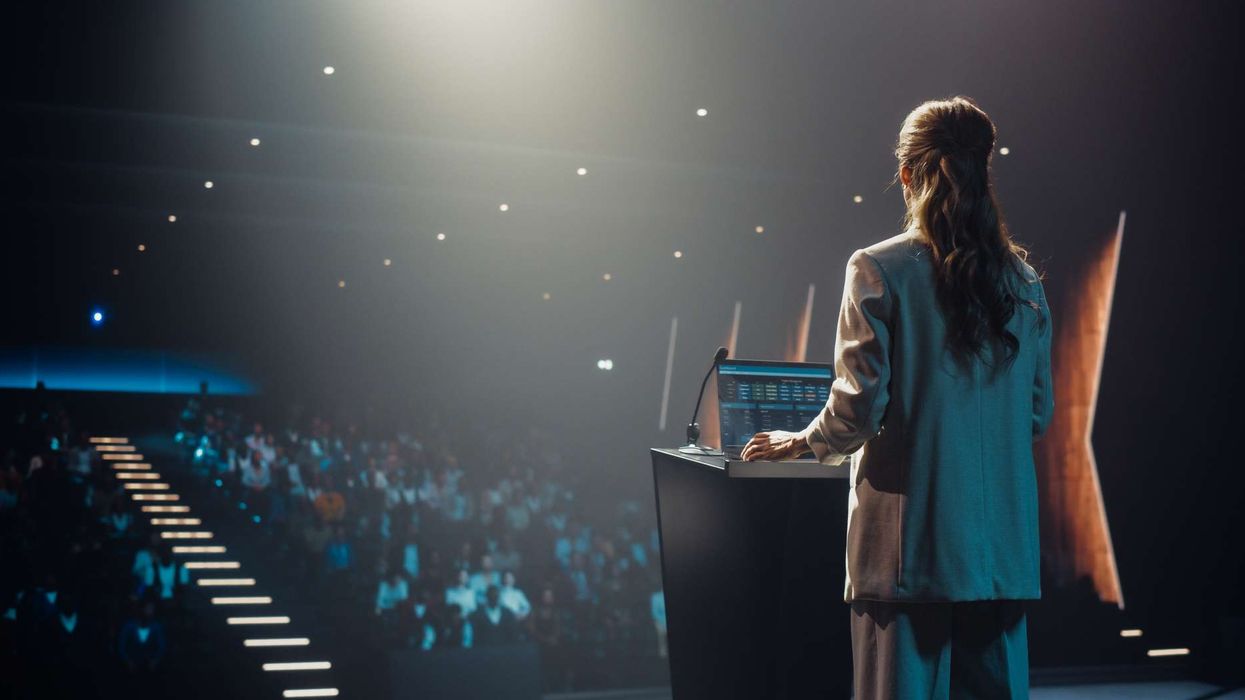THE SMALL BUSINESS ADMINISTRATION (SBA) has made several modifications to the COVID Economic Injury Disaster Loan program that address concerns many in the hospitality industry have had about the program’s accessibility and effectiveness. They include an increase in the EIDL program’s borrowing limit and an extended deferment period.
AAHOA welcomed the changes as the answer to the association’s advocacy efforts to reform the EIDL program.
SBA Administrator Isabella Casillas Guzman said the EIDL program was a lifeline for millions of businesses that have been impacted by the COVID-19 pandemic.
“We’ve retooled this critical program – increasing the borrowing limit to $2 million, offering 24 months of deferment and expanding flexibility to allow borrowers to pay down higher-interest business debt,” Guzman said. “We have also ramped up our outreach efforts to ensure we’re connecting with our smallest businesses as well as those from low-income communities who may also be eligible for the companion COVID EIDL Targeted Advance and Supplemental Advance grants totaling up to $15,000.”
Other details on the changes to the program include:
- The up to $2 million in loan funds can be used for any normal operating expenses and working capital, including payroll, purchasing equipment, and paying debt.
- Under the new deferred payment period, small business owners will not have to begin COVID EIDL repayment until two years after loan origination so that they can get through the pandemic.
- A 30-day exclusivity window of approving and disbursing funds for loans of $500,000 or less to give additional time to access these funds. Approval and disbursement of loans over $500,000 will begin after the 30-day period.
- COVID EIDL funds will now be eligible to prepay commercial debt and make payments on federal business debt.
- Simplified affiliation requirements modeled on those of the Restaurant Revitalization Fund to ease the COVID EIDL application process for small businesses.
The COVID EIDL program offers $150 billion in available funds. SBA said the increased access to the program comes at a time when a recent Goldman Sachs survey of 10,000 small businesses found 44 percent report having less than three months of cash reserves and only 31 percent reporting confidence in gaining access to funding.
Along with the policy enhancements, the SBA has optimized processes and increased capacity to improve the customer service experience for applicants. The SBA accelerated daily processing of loan increases from close to 2,000 applications to more than 37,000 applications daily. Loan officer productivity also went from 1.86 applications per day to 15 applications per day, leading to clearance of a more than 600,000 loan increase backlog.
The administration also increased fraud controls and is working with the SBA Inspector General to closely monitor the program. All business owners that have received previous loans through the SBA’s Paycheck Protection Program, Restaurant Revitalization Fund or Shuttered Venue Operators Grant can still receive COVID EIDL loans.
AAHOA said it has been working with the SBA and Congress over the past months to promote more relief programs, such as the COVID EIDL and PPP loans. It welcomed the changes announced by the SBA, including:
- Raising the aggregate loan cap up to $10 million
- A waiver of affiliation rules (permits assistance at multiple properties)
- A waiver of the credit-elsewhere requirement
- Priority for NAICS Code 72 businesses
- A 30-year fixed amortization period with a low 3.75 percent interest rate
- Allowing funds to be used to pay down prior commercial debt and make monthly payments toward federal debt, including principal and interest payments
“This is a significant achievement for the lodging industry and small businesses across the country,” said Vinay Patel, AAHOA chair. “The lodging sector is not projected to recover until late 2023 or early 2024, but the continued spread of the Delta variant is stalling the economic recovery. These changes to the EIDL program will free up additional resources for small businesses that are still struggling.”
Ken Greene, AAHOA interim president and CEO, said the SBA’s modifications will strengthen small businesses and protect the foundations of the economy.
“From the jobs they create to the businesses they support, hotels are economic engines in communities across the nation,” Greene said. “These EIDL enhancements will ensure that hoteliers can keep the lights on and continue to welcome guests as we work towards recovery.”
